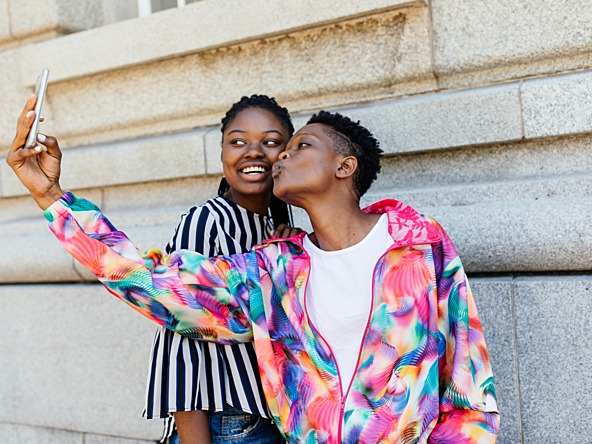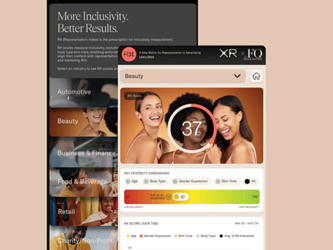LGBTQ+ inclusion in advertising has ‘room for improvement’

The findings come from a UK-wide survey, conducted by Nielsen in collaboration with Dynata, into inclusivity in programming and advertising content and the general media consumption of the LGBTQ+ community.
Some 10% of the LGBTQ+ community report they have been the recipient of an advertisement online based on their sexual orientation or gender identity, yet only one in five consider this approach as a positive experience for them. The LGBTQ+ community, therefore, feels that brands are not targeting or delivering ads to them which are relevant to their individuality.
The LGBTQ+ community also made the following recommendations on how to improve LGBTQ+ inclusion: avoid stereotyping individuals ( 50%); be more authentic/realistic in depictions of LGBTQ+ people ( 44%); and involve the LGBTQ+ community when visioning and creating advertising/programming ( 37%).
The research found that the LGBTQ+ community generally considers offline and more traditional media formats to be less inclusive. Nearly one in five described radio programmes, newspapers and magazines as the least inclusive channels for consuming programming content.
However, the LGBTQ+ community consumes more modern media channels, such as social media, on-demand streaming services and influencer content, which were regarded as inclusive by one in four of the audience.
On-demand services fared the best, with 68% of the community typically watching BBC iPlayer (ahead of Netflix) when they spend time watching TV on the internet. This community is 16% more likely than the general population to consume BBC iPlayer.
The LGBTQ+ community also tracks ahead of the total population with their use of broadcast video on demand and subscription video on demand for the consumption of relevant TV series, films and documentaries.
When asked to rank the most inclusive advertising channels, social media advertising, influencers and TV advertising came out on top as the most inclusive. According to the survey, traditional channels like newspapers, radio, cinema and outdoor ranked low when it came to inclusivity, something that is most likely due to the challenge of delivering a broad enough range of content that allows for personalisation.
Through the survey, Nielsen identified specific verticals that deliver non-inclusive advertising, with insurance, financial services and automotive companies being highlighted as able to do more for supporting this audience. By comparison, fashion/clothing, beauty, travel and tourism sectors were seen as more inclusive.
Commenting on the findings, Amanda Woodley, head of media analytics and UK Pride lead at Nielsen Business Resource Group, said: “It is encouraging to see that we are heading in the right direction, with 63% agreeing inclusivity has improved over two years. The purpose and consumption of some of the most recent and modern forms of media are more aligned with the requirements of the LGTBTQ+ community now.
“However, the focus should also be placed on more traditional forms of offline media, to deliver more inclusive content. The media, advertising and measurement industry needs to ensure people are at the centre of everything we do and that advertising to the LGBTQ+ community should be more than just inclusive ads over Pride month; let’s make inclusivity a priority all year round.”

We hope you enjoyed this article.
Research Live is published by MRS.
The Market Research Society (MRS) exists to promote and protect the research sector, showcasing how research delivers impact for businesses and government.
Members of MRS enjoy many benefits including tailoured policy guidance, discounts on training and conferences, and access to member-only content.
For example, there's an archive of winning case studies from over a decade of MRS Awards.
Find out more about the benefits of joining MRS here.














0 Comments